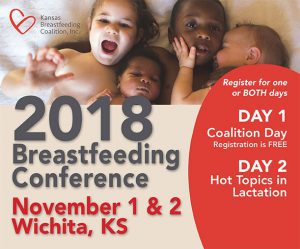ABFM
ABFM recognizes that in 2018 many family physicians already have ongoing performance improvement initiatives and regular reporting of related measures that meet the criteria for PI activity for family medicine certification. A new Self-Directed Performance Improvement (PI) Project pathway is now available through your Physician Portfolio that allows you to report customized improvement projects specific to your practice environment, regardless of the scope of care you deliver.
How to get started:
- For the Self-Directed pathway for 1-10 physicians, members can simply login to their ABFM Physician Portfolio, select Access Performance Improvement Activities from the main screen, and choose the ABFM Self-Directed Performance Improvement Project: Clinical.
- For the Organizational option (groups of more than 10 family physicians), go to https://theabfm.mymocam.com/organizations/ for more information.
There are many additional (PI activities that you can choose from to complete your PI requirement including AAFP-sponsored Performance Navigator activities, PICME approved activities, and METRIC modules, which can be found on the AAFP website. NCQA recognition programs, CPC+ participation, Bridges to Excellence recognition, PI activities from other member boards, and a host of approved options from local, state, regional and national entities may also qualify for your PI requirement. Information about all of these activities can be found in your Physician Portfolio under Performance Improvement Activities on the ABFM website.
Given these alternatives that offer flexibility and relevance to individual practice, the ABFM plans to retire the PPM modules by May 1, 2019. Diplomates will be provided enough time to complete the modules that they have in on progress. Beginning in November 2018, Diplomates that begin a new PPM or have a PPM in progress will be reminded when the PPMs will expire. For questions about how to meet the PI activity or use the new platform, please contact Ann Williamson at (859) 687-2503.

